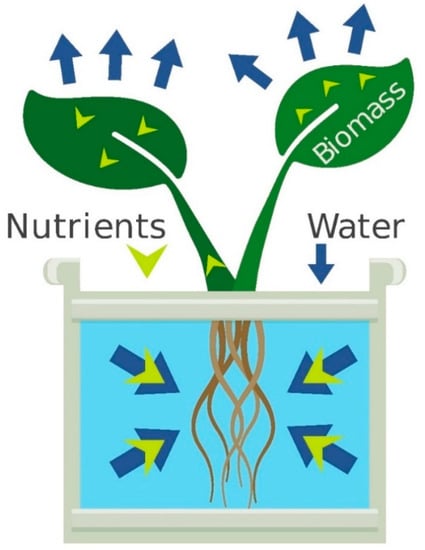Dr.Dutch
Active member
Bugbee is growing CBD cannabis in his university and the NSCU values are also from CBD variaties.Bugbee explained during the course that his ideal values deviate from others, he grows non drug type cannabis which is a huge factor
Given the similarity in molecular structure, I would assume that Cannabis Types 1, 2, and 3 do not have different nutrient requirements for substances that are not even present in the molecule.
As I said, you could take a look at what's in your fertilizer (since there is no information on the manufacturer's website) and share it here. This would quickly reveal if the high values in the analysis are related to the fertilizer. It doesn't help you to know that your plant, for example, has too much boron in its leaves if you don't know where it's coming from and whether the fertilizer already contains too much.
There are many hobby growers who can create better fertilizers with powders than what you can buy as "cannabis fertilizer." With an app like Hydrobuddy, you can easily calculate your desired nutrient values from a specific fertilizer palette. You don't have to be a chemist for that.
With a stock solution it's also very easy to prepare the whole stuff.
You can find Bugbee's values here - he also directly referred me to them in an email (you can also reach him via the email provided in his studies if you have any questions). Apart from P and K (still significantly less than anything you get with hydro-store PK boosters) and Cu (probably related to this), he stays completely within the range of NSCU values (what can be seen in the second image from my Excel sheet (although I just noticed that I have the general values from Principles of Nutrient and Water Management for Indoor Agriculture there... have to change that, as the Ca is still significantly lower there (but many values are also quite the same..).
Utah Hydroponic Solutions
I haven't conducted leaf analyses myself. Firstly, it has only been legal to send samples for two months here in Germany, secondly, it’s not really worth it with my smaller setup ("only" a 10x5 tent + a few mother stations), and thirdly, I haven't had any nutrient problems where an analysis would have helped.
P.S. All intended as constructive feedback. If I express criticism here, it's only towards the fertilizer manufacturer - but that will also only be certain once I’ve seen the values from it
Last edited:




